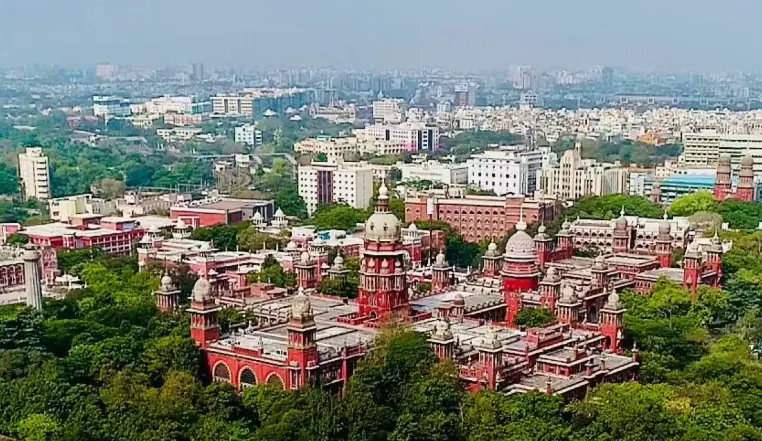Chennai’s third master plan has been developed using insights from over 25 studies covering economic growth, urban housing, transport, environmental sustainability, and technology, who previously served as CMDA Member-Secretary. Speaking at the inauguration of Tamil Nadu Land Use 2025, the state’s first international land use conference organized by the State Planning Commission, They should include economic strategies, identify industrial clusters, and align labour markets to drive balanced urban growth. He emphasized that the plan should promote transit-oriented development, enabling people to live and work along metro, road, and suburban corridors — reducing commute times and carbon emissions. Additionally, blue-green assets such as water bodies and open spaces must be mapped and protected. “It’s not urbanisation itself that damages the environment,” Mishra said. “It’s the absence of proper planning and unchecked urban sprawl that cause harm.” Within the Chennai Metropolitan Area, home to 1.15 crore people, commute times have risen by 12% since 2019, while public transport use remains below 30%. cited examples from Ahmedabad and Pune, where integrated development along transit corridors cut per-capita energy use by 22% and greenhouse gas emissions by 26%. He added that rationalising the Floor Space Index (FSI) for industries can boost productivity per hectare and limit sprawl. Inaugurating the two-day event, State Industries Minister T.R.B. Rajaa said the government aims to transform Tamil Nadu into a leading national hub for research and development.
https://www.livehomes.in/news_letter













